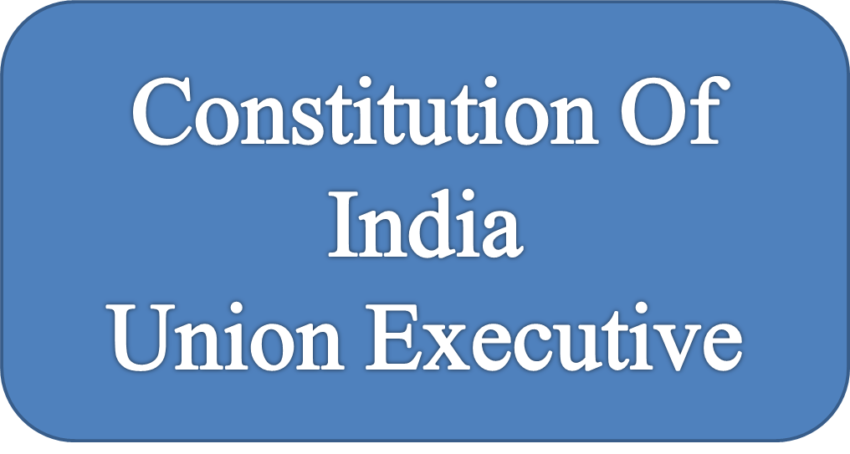Indian Constitution- Union Executive
Constitution of India -Union Executive
There are mainly two types of governments –
- Parliamentary Government
- Presidential Government
Table of content show
Parliamentary Government
- In the parliamentary system of government, the President is the constitutional head there.
- The real power is vested in the Council of Ministers.
- The Prime Minister is the head of the Council of Ministers.
- The Council of Ministers is accountable to the Lok Sabha.
- The members of the Council of Ministers are the elected representatives of the people and are elected by the people.
- Our constitution makers have adopted parliamentary democracy system for the country.
- At present in the British Parliament, the executive power has been absorbed into the Cabinet.
- The king has remained only the ceremonial head of the constitutional nominal there.
Presidential Government
- In presidential system of government, the President is the real head and not the nominal constitutional head.
- The President is directly elected by the people and all executive powers are vested in the President.
- The President constitutes the cabinet in the presidential system and he also has the power to remove them.
- Presidential system of government has been adopted in America.
Government of India
There are two types of governments in India.
- Central Government and
- State Governments.
The central government has three main organs-
• Executive – President, Vice President and Council of Ministers
• Legislature – Lok Sabha and Rajya Sabha
• Judiciary.
Indian Constitution- Union Executive
- CrPC
- Constitution of India
- Evidence Act
- Civil Procedure Code
- Indian Penal Code
- Jurisprudence
- International Law
- Law of Tort
Union Executive – Constitution of India

